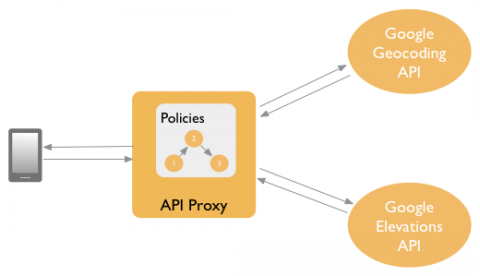
Log field names have also generally changed from camelCase (e.g. For example, the schema accommodates the different possible types of payloads in a LogEntry (protoPayload, textPayload and jsonPayload) by mapping them to unique fields ( proto_payload, text_payload and json_payload respectively): This schema is a collation of all possible log schemas. Since there’s only one schema for all logs, there’s one superset schema in Log Analytics that is managed for you. WHERE log_id = "/data_access" Unified log schema

For example, to restrict the query to data_access logs, you can add the following: You can still control the scope of a given query by optionally specifying log_id or log_name in your WHERE clause. This greatly simplifies querying especially when you want to search and correlate across different logs types. cloudaudit_googleapis_com_data_access_09252022.Īs shown in the above comparison table, with Log Analytics, you don’t need to know apriori the specific log name nor the exact table name for that log since all logs are available in the same view. If your BigQuery log sink is configured to use date-sharded tables, your queries must also account for the additional suffix (calendar date of log entry) added to table names e.g. The second column in this table assumes your BigQuery log sink is configured to use partitioned tables.

This is in contrast to traditional BigQuery log sink where each log entry gets mapped to a separate BigQuery table in your dataset based on the log name, as detailed in BigQuery routing schema. The first important data change is that all logs in a Log Analytics-upgraded log bucket are available in a single log view _AllLogs with an overarching schema (detailed in next section) that supports all Google Cloud log types or shapes. Manage only read-only access to linked BigQuery datasetĬomparing Log Analytics with traditional log sink to BigQuery Simplified table organization Manage access to BigQuery dataset to secure logs and ensure integrity Query logs in SQL in Log Analytics page or from BigQuery pageĮasier to query JSON fields with native JSON data typeįaster search with pre-built search indexes Log format changes do not cause schema mismatch errors Log format changes can cause schema mismatch errors Schema defined at table creation time for every log type Pay twice for storage and ingestion since data is duplicated in BigQueryīigQuery storage and ingestion cost are included in Cloud Logging ingestion costs Set up a Google-managed linked BigQuery dataset with one click via Cloud Console Before jumping into examples and patterns to help you convert your BigQuery SQL queries, let’s compare Log Analytics and Log sink to BigQuery.Ĭreate and manage additional log sink(s) and BigQuery dataset to export a copy of the log entries When it comes to advanced log analytics using the power of BigQuery, Log Analytics offers a simple, cost-effective and easy-to-operate alternative to exporting to BigQuery with Log Router (using log sink) which involves duplicating your log data. For an introductory overview of Log Analytics and how it fits in Cloud Logging, see our user docs.
GOOGLE EARTH JSON QUERY HOW TO
We’ll highlight the differences between the two, and go over how to easily tweak your existing BigQuery SQL queries to work with Log Analytics. This post is for users who are (or are considering) migrating from BigQuery log sink to Log Analytics.

It leverages BigQuery while also reducing your costs and accelerating your time to value with respect to exporting and analyzing your Google Cloud logs in BigQuery. With the introduction of Log Analytics (Public Preview), something great is now even better. Running on fully-managed serverless data warehouse with enterprise security features,ĭemocratizing analytics for everyone using standard familiar SQL with extensions. If you’ve already centralized your log analysis on BigQuery as your single pane of glass for logs & events…congratulations! You’re already benefiting from BigQuery’s:Īnalyzing heterogeneous data across multi-cloud & hybrid environments,


 0 kommentar(er)
0 kommentar(er)
